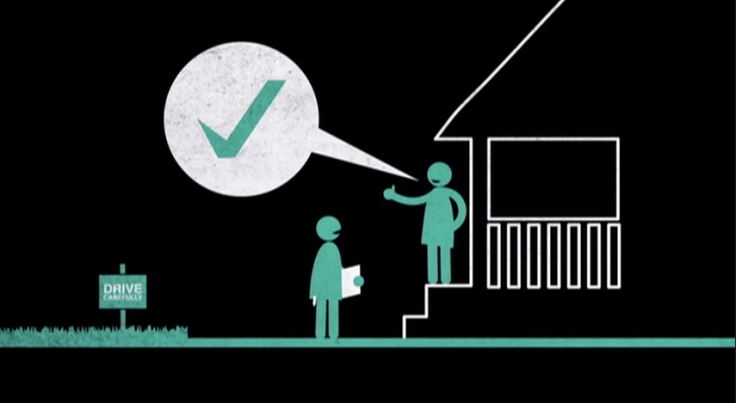Do Me A Favor: 2 Persuasion Techniques That Get People To Do Just About Anything For You

If you find yourself doing lots of little favors for people, or a few major favors for one person, careful examination may reveal the same persuasion techniques crop up in most cases. Persuasion relies on psychology, which means if you change how people think about the favor, you can change their willingness to do it.
Is knowing how to get people to do you favors exploitative and wrong? Maybe a little. But the magic of psychology isn’t confined to laboratory studies with tangles of wires snaking from patients’ scalps. There’s always room for mind games, and when it comes to asking favors no two techniques work better than those involving four ordinary letters: D, I, T, and F.
Consider two scenarios. You ask someone to help wash your car this weekend. The weather’s nice and it’s a small car, so it shouldn’t take too long. He complies. Two weeks later, you have family coming over and need the house spotless. A wealth of research suggests you’ll now have a much easier time asking him to help clean the house if he’s already done the smaller favor beforehand. Psychologists call this the “Foot-in-the-door” (FITD) technique. You got your foot in the door with the car. Now walk through with the house.
Or consider the same goal but from a different angle. Before you even made plans to host your relatives, you still needed the car cleaned. Rather than ask for the favor outright, you begin with a request to clean the house — a sizable favor, especially on a sunny weekend. Your friend shoots you down. But then you follow up with a request to help wash the car. The second technique, the “Door-in-the-face” (DITF) technique, says he’ll see the lesser option and be primed to say yes.
Learn more below:
Published by Medicaldaily.com



























